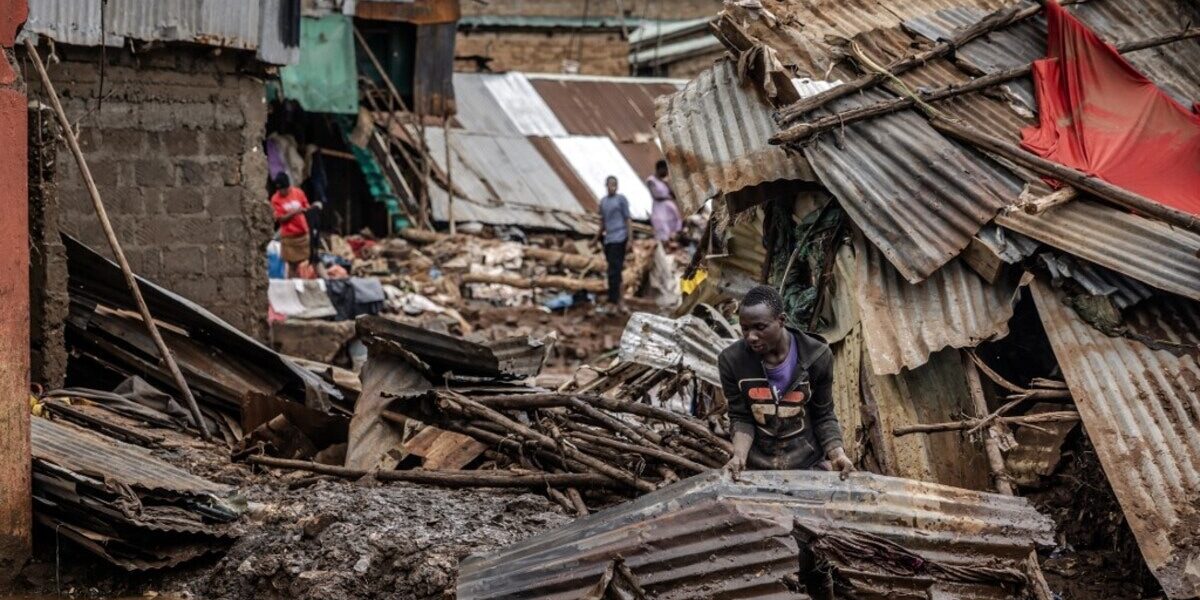At least 42 people have lost their lives in the Kenya dam breach catastrophe in Mai Mahiu, highlighting the devastation caused by intense rains and floods across East Africa. This terrible incident emphasizes how urgently resilience, readiness, and group effort are needed to lessen the impact of severe weather events made worse by climate change.
At least 42 people lost their lives after a dam broke close to the town of Mai Mahiu in Kenya’s Rift Valley, as severe rains continue to hammer East Africa. Communities have collapsed, houses have been swept away, and rescue operations are in progress to locate survivors among the debris.
What Followed the Dam Burst
Houses were washed away and a crucial route was shut off when the dam in Nakuru county broke close to Mai Mahiu. Though there is a great deal of devastation, rescue workers have been working nonstop to go through the rubble in quest of survivors. Since additional bodies are still thought to be buried in the muck, Governor Susan Kihika of Nakuru County said that the 42 fatalities are a cautious estimate.
The terrible event is a part of a bigger problem that is destroying East Africa due to El Niño weather patterns and higher-than-normal rainfall. The March–May rainy season in Kenya alone has claimed 120 lives as flash floods flooded neighborhoods and highways, uprooting over 130,000 people from 24,000 dwellings.
Disruption and Displacement as Ripple Effects
Wide-ranging effects of the floods and severe rains have interfered with everyday life and activities. The major impacts of the rains on educational infrastructure have caused Kenyan schools to shut for an extra week. Minister of Education Ezekiel Machogu said that the decision to delay reopening was taken to protect staff and students as the floods had seriously damaged certain institutions.
The effects of the constant rains have also affected nearby nations including Tanzania, Burundi, and Uganda, causing landslides, riverbank breaks, and thousands of person displacements. The continuous rains have forced around 96,000 people from their homes, according to reports from the UN and Burundi’s government officials, underscoring the crisis’s regional scope.
Tragic Déjà Vu: Historical Lessons
A similar tragedy that happened in Solai, also in Nakuru county, in 2018 is a somber reminder of the dam breach in Mai Mahiu. In addition to killing 48 people, the disaster destroyed infrastructure and electrical lines by rampaging millions of liters of muddy water through houses. Both events highlighted the susceptibility of communities to such calamities by coming after weeks of intense rainfall that caused fatal floods and mudslides.
The Appeal for Preparedness and Resilience
The demand of resilience and adaptability has never been greater as the East African area suffers with the effects of climate change and the growing frequency of extreme weather. Communities, governments and aid organizations must cooperate to enhance infrastructure, fortify disaster response systems, and put policies in place to lessen the effects of future floods and other natural calamities.
Important first steps in lowering the likelihood of such disasters include funding early warning systems, creating strong evacuation plans, and encouraging sustainable land-use practices. Additionally, reducing the catastrophic consequences of these occurrences and increasing understanding of the possible hazards and equipping communities with the tools and information to react appropriately may save lives.
The tragedy of the Kenya dam break is a sobering reminder of the difficulties we are facing with climate change and how urgently we must take coordinated action. We may strive toward a future in which communities are better able to endure and recover from such catastrophic occurrences by taking lessons from previous experiences, giving resilience first priority, and encouraging a culture of readiness.



